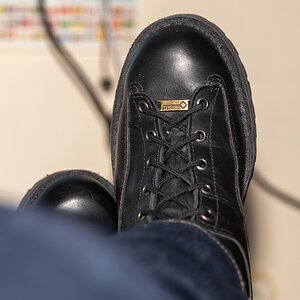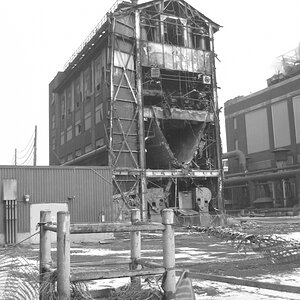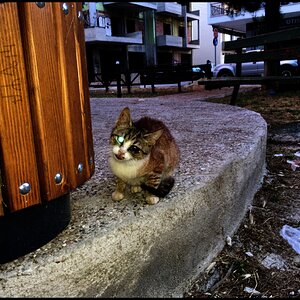Hi guys,
I just bougth a HOYA CPL 77m for my Canon 10-22.
I noticed it introduces almost 3 stops of light reduction, it sound a little too much to me, I would like to hear some experience on that and understand if it is normal.
Cheers
I just bougth a HOYA CPL 77m for my Canon 10-22.
I noticed it introduces almost 3 stops of light reduction, it sound a little too much to me, I would like to hear some experience on that and understand if it is normal.
Cheers






![[No title]](/data/xfmg/thumbnail/40/40297-5b7d12c4c72c43b505a6f575d338d573.jpg?1619739411)
![[No title]](/data/xfmg/thumbnail/42/42061-9f4eb186c434652d6587c8bcdde59502.jpg?1619739997)
![[No title]](/data/xfmg/thumbnail/40/40298-08fb67b2f2c98625b8ff8dcb00ed42a8.jpg?1619739411)
![[No title]](/data/xfmg/thumbnail/32/32696-92b490fbf42036986e97d5e60ff2b35e.jpg?1619735599)




